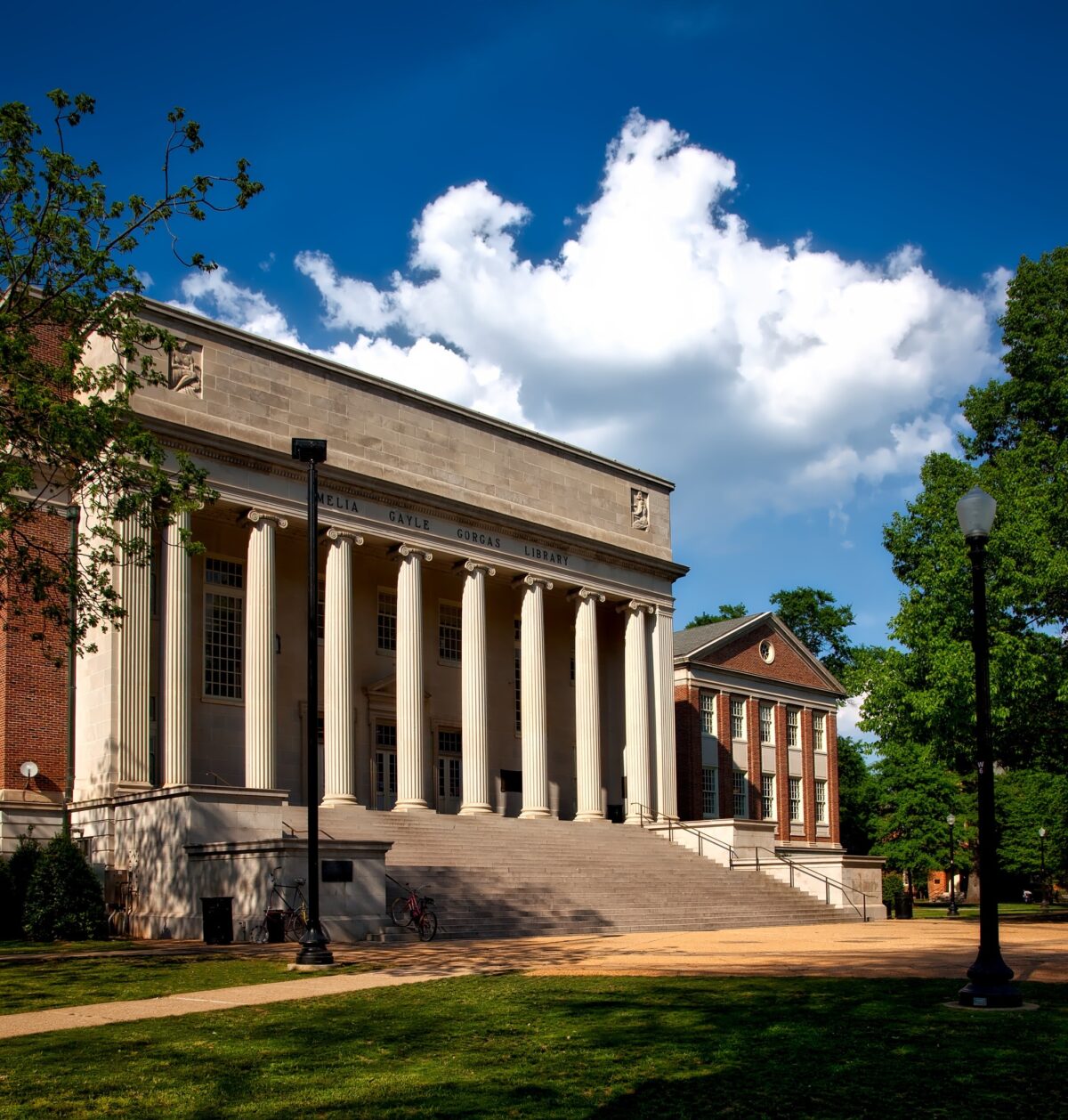There are generally three forms of major organizational and corporate transformation in higher education — what we often call “Big Scary Change.”
They are mergers (which include what some may term “consolidations” or “acquisitions,” depending on point of view), closures, and corporate conversions (for-profit to nonprofit and vice versa). In a recent widely read op-ed, biology professor Jim Murphy asks the question: “Is a merger a closure by another name?” Murphy works at Bloomfield College, a small nonprofit in New Jersey that is merging with Montclair State University.
READ THE FULL ARTICLE





